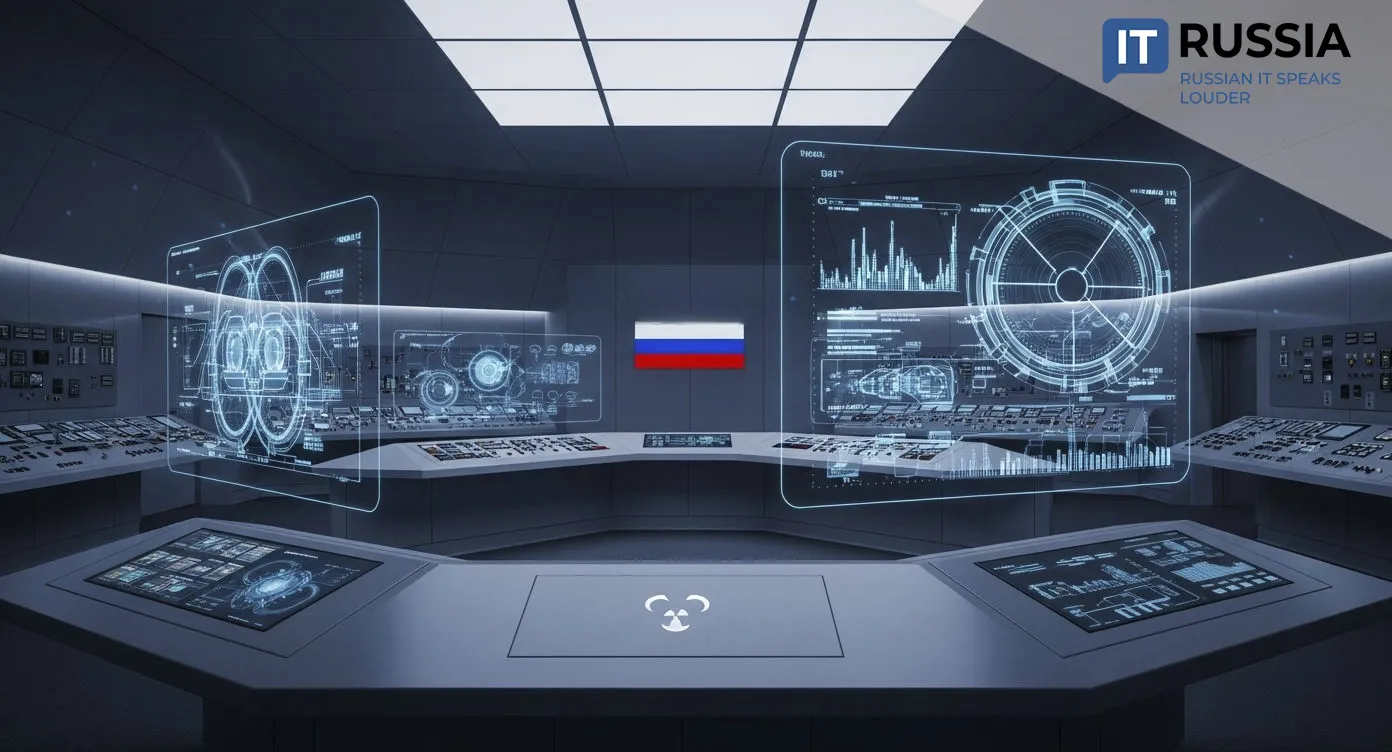Exporting Environmental Sovereignty: How Russian Tech Helps Nations Regain Control Over Nature

As climate instability worsens and pollution takes millions of lives each year, countries are seeking ways to monitor and manage ecosystems without depending on foreign technology. Russia is stepping in with scalable, modular digital platforms that deliver air, water, soil, and biodiversity monitoring—empowering global ecological sovereignty.
Open-Source Tools for Real-Time Environmental Monitoring
Russia’s ecological platforms are designed for international use, especially in regions facing sanctions or limited IT infrastructure. ‘MegaFon Ecology’ is one such system, collecting and analyzing data on air, water, and soil quality in real time. It aggregates sensor input from industrial facilities, city networks, and water systems, using AI to alert authorities to environmental hazards. The platform is already deployed in Russia and Uzbekistan, where legislation mandates plants to monitor air quality in adjacent urban zones.
NextGIS is a cloud-based geographic information system that provides visual tracking of environmental data across multiple domains—soil quality, water resources, biodiversity, and even noise pollution. It is widely used to manage protected areas, such as nature reserves and conservation zones. In Tajikistan, NextGIS was implemented under a UN Development Program to monitor wildlife and enforce anti-poaching laws.

National Systems Built for Global Use
The Ministry of Natural Resources of Russia developed the federal EcoMonitoring system on the Gostech cloud platform. Built using Python and PostgreSQL, it includes 19 interconnected modules covering air, water, and waste data. The system is currently being scaled to 250 Russian cities and is expected to yield $4.3 million in annual savings. Its modular design and cloud deployment make it suitable for low-digital-capacity countries.
Meanwhile, R-NOX’s AirNode stations are compact air-quality monitors that function in extreme conditions. Over 350 units are active across Russia, Central Asia, and the Middle East. The system even operates in Antarctica, proving its reliability in harsh climates and remote locations.
Forest Fires, From Satellites to Soil
Russia’s Integrated Forest Fire Monitoring System (ISDM Rosleskhoz) captures fire data from ground, aerial, and satellite sources. It locates fire outbreaks, forecasts their development, estimates needed response resources, and coordinates firefighting crews. The system is adaptable to arid environments such as Central Asia—making it a vital export solution for nations battling desertification and drought.

Environmental Sovereignty Through Digital Independence
The rise of sovereign tech ecosystems is reshaping global sustainability efforts. Unlike foreign providers that often tie systems to external support, Russian platforms come with domestic backup and adaptability for regional conditions. They provide tools for ecological resilience without compromising national autonomy.
Russian IT solutions in environmental monitoring exemplify a rare convergence of technology and sovereignty. As they expand beyond the CIS and Middle East, they may soon emerge as global alternatives to Western environmental control platforms.









































